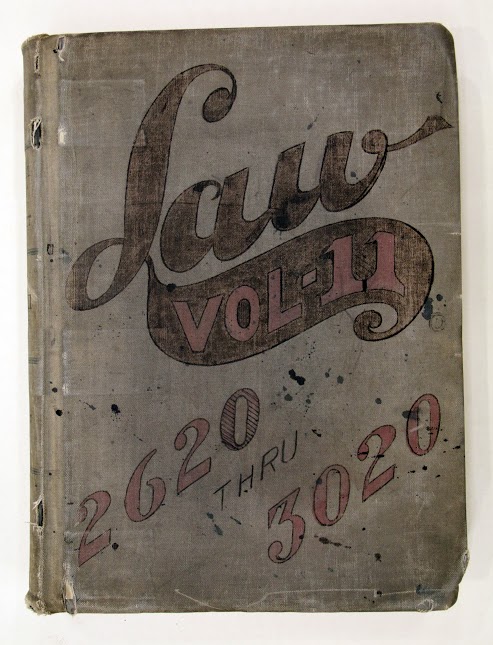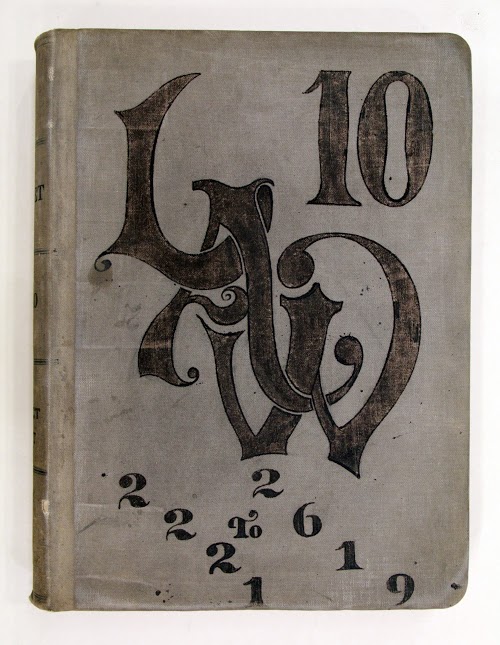
CHATTING WITH ARCHIVIST BONNIE SAUER about the stupendous doodles she found embellishing U.S. District Court Law Dockets, circa 1920s and 1930s
Bonnie Marie Sauer is currently the Records Management Officer at the U.S Mission to the UN. She was an Archivist for more than seven years at the National Archives at New York City. Prior to that, she worked at the Winthrop Group where she processed the Peter W. Rodino, Jr. papers.
COLLECTION: Law Dockets created by the U.S. District Court for the Eastern District of New York
LOCATION OF COLLECTION: The National Archives at New York City
Finding Aid: By Appointment Only
Janine St. Germain: So, Bonnie, why has this archival collection lingered in your mind?
Working in the world’s largest archive, we work on a very large scale that often prevents us from getting down into the depths of the records themselves. Government records on the surface seem so mechanical, and sometimes our work as archivists working with those records may seem mechanical in turn.
But when I came across these docket covers, I remember that there were so many individuals whose lives were not only touched by these records, but so many individuals’ lives that physically touched these records as well, myself included. Though I may never know who this person was that worked between 1922 and 1932 in the Clerk’s Office of the United States District Court for the Eastern District of New York, I do wonder about him or her. A fledgling artist? A dreamer toiling for hours in the Court? An aspiring lawyer, doodling for a creative outlet between work and school? —Or was it more than one person? Was there another person picking up where the former person left off?
JSTG: Is it available to public?
It is available to the public. While the walk-ins are permitted, an appointment is recommended to reserve space to work with original records in the research room and to be sure that the records are available.
JSTG: Does this collection, in some way, unexpectedly connect to any other collections on which you have worked?
Just in the sense that you never know where the rogue artist will show up in government records! Recently, there was an article in the Washington Post about Presidential doodles. These nuggets are hidden everywhere.

Running across drawings in our collections is, to me, always a delight. I like the reminder, when I am lost in work, that I am part of a long line of human beings documenting the processes of government. In an odd way, it feels like a note passed to me through time that just says “Hi.” It’s a kinship that makes me smile.
JSTG: What might be overlooked in the value of this collection in your eyes?
If these drawings had just been on paper tucked into the volumes, they probably would have been weeded out. There is no value to them in the context of documenting government. So I kind of like that this person created these covers so that the work continues to exist.
JSTG: Might there be a particular researcher/artist/writer, etc. you would love to see get their hands on this collection?
Good question. Maybe the History Detectives (PBS series) or something of that nature — who could piece together some of the descriptive information about who may have worked within these offices. Then again, I like your thought of a tattoo artist getting a hold of these designs!

No comments yet.